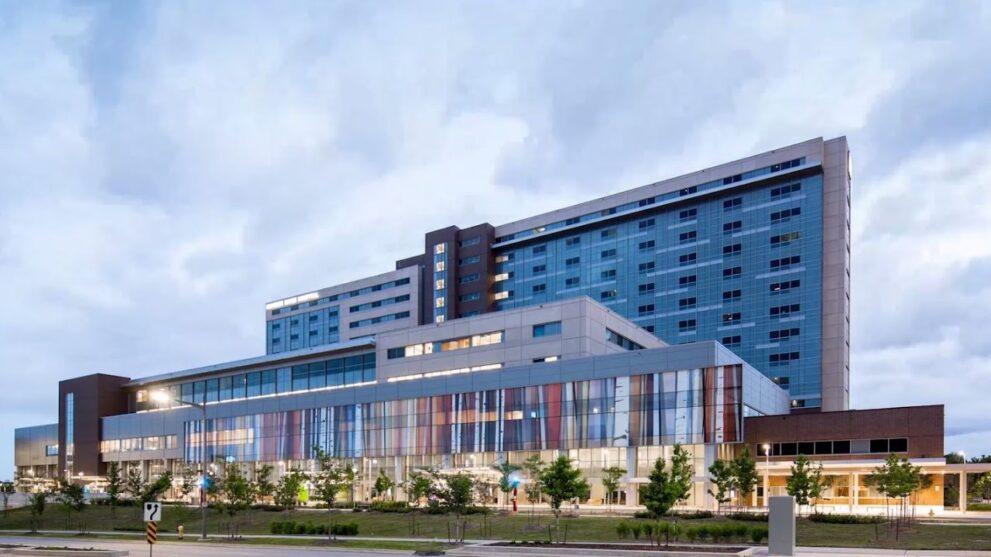Two new pilot projects will connect residents with faster, convenient access to diagnostic services
TORONTO — The Ontario government is connecting long-term care residents to faster and convenient access to diagnostic services such as x-rays and ultrasounds. Improved access to care will help improve residents’ quality of life and reduce avoidable emergency department visits or hospital stays.
“Ontario is fixing long-term care so that every resident experiences the best possible quality of life, supported by safe, high-quality care,” said Paul Calandra, Minister of Long-Term Care. “By providing faster and more convenient access to diagnostic services, we will reduce the number of avoidable emergency department visits and in-patient hospital admissions, helping long-term care residents live happier and healthier lives.”
To start, the province is partnering on pilot projects with Humber River Hospital in Toronto and Royal Victoria Regional Health Centre in Barrie to increase access to more diagnostic services for long-term care residents, including assessment, diagnostic testing and timely interpretation of their results.
Enhanced services offered through Humber River Hospital will include:
- Increasing the number of hours for pre-booked appointments for x-ray and ultrasound services;
- Non-urgent resident transport for x-ray and ultrasound services at Humber River Hospital; and
- Increasing the number of hours a long-term care home can connect with a nurse navigator that supports long-term care homes with needs assessments and coordinating with other health care teams.
Enhanced services offered through the Royal Victoria Regional Health Centre will include:
- Increasing access to x-ray services for long-term care residents who fall and require a non-urgent x-ray;
- Access to a nurse navigator at the hospital to support the long-term care resident to navigate services; and
- Non-urgent resident transport for x-ray services at Royal Victoria Regional Health Centre.
As a next step, the province will work with partners such as hospitals and community labs on a broader provincial plan to provide faster and more convenient access to care for all long-term care residents across Ontario. This may include finding creative and innovative ways to connect residents with services inside their long-term care home, instead of travelling to a hospital or clinic.
“Our government believes in the importance of being able to connect to high-quality care that people expect, closer to home,” said Sylvia Jones, Deputy Premier and Minister of Health. “These investments will ensure long-term care residents can maintain their quality of life, spend more time in their community with loved ones, and avoid unnecessary trips to the hospital.”
As part of its plan to fix long-term care, the province is also making significant investments in specialized services for residents with complex needs, building nearly 60,000 much-needed new and upgraded long-term care beds in the province by 2028, and strengthening staffing to reach our legislated goal of providing an average of four hours of direct care per resident per day by 2025.







